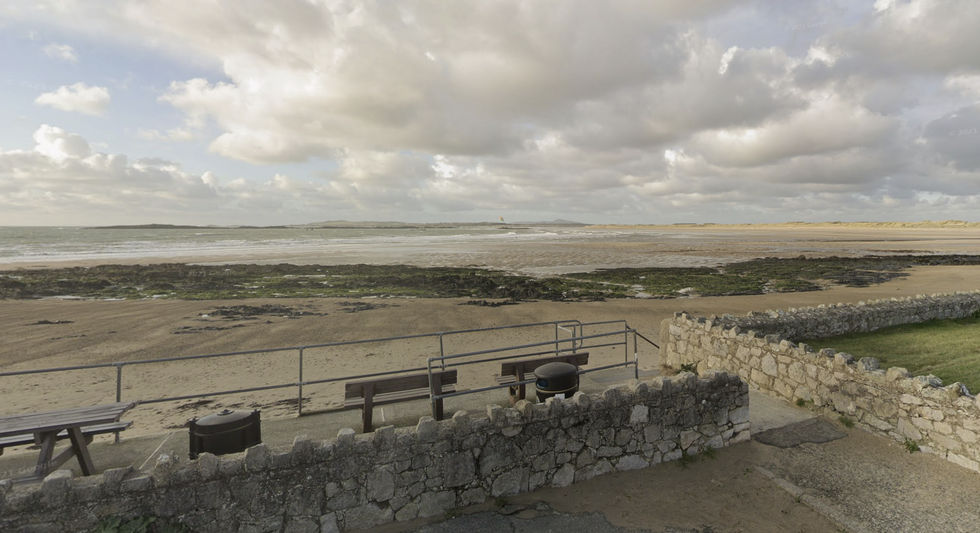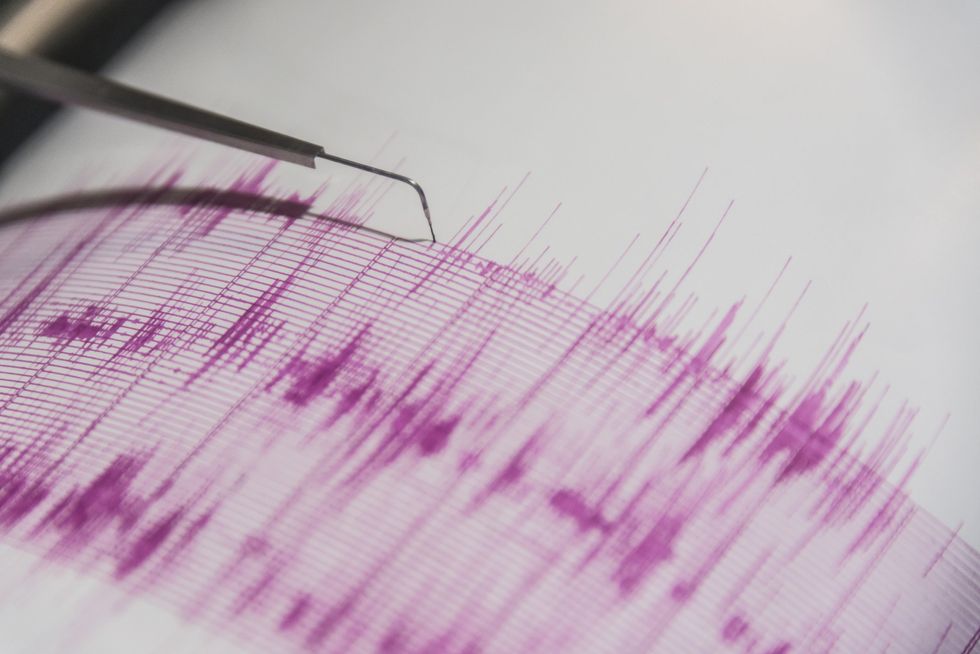UK hit by earthquake as 'sudden' tremor recorded off Welsh coast

The tremor's epicentre was approximately nine kilometres from Rhosneigr
Don't Miss
Most Read
Trending on GB News
British seismologists have detected a seismic event in the waters off the Welsh coastline, according to official monitoring data.
The British Geological Survey recorded the tremor on Sunday morning, November 2, marking the latest in a series of geological disturbances affecting the region.
The quake measured 0.4 on the magnitude scale and occurred at 7:55am, originating from beneath the Irish Sea.
Monitoring equipment placed the seismic activity in waters northwest of Wales, adding to the area's documented pattern of regular earth movements.
TRENDING
Stories
Videos
Your Say
Authorities confirmed the detection through their national earthquake monitoring network.
The tremor's epicentre lay approximately nine kilometres from Rhosneigr, a coastal settlement on Anglesey's western shores.
Seismologists pinpointed the quake's origin at a depth of 17 kilometres beneath the seabed.
No damage or disturbances have been reported on the mainland or nearby islands.

The quake struck off the coast of Rhosneigr
|GOOGLE MAPS
The British Geological Survey stated they had received no notifications of any terrestrial effects from the underwater event.
The shallow magnitude meant the tremor remained imperceptible to most residents in the region.
Monitoring stations detected the seismic waves, but the event's limited strength prevented any noticeable ground movement in populated areas along the Welsh coast.
The region experiences frequent seismic activity, with northwestern Wales recording multiple earth movements throughout 2024.
LATEST DEVELOPMENTS

Equipment was able to pick up the tremors overnight
|GETTY
A minor 0.2-magnitude event occurred near Amlwch in northern Anglesey during July, followed by a stronger 1.6-magnitude quake affecting Llwyndyrus village on the Llŷn Peninsula in August.
Seismic monitoring has revealed particularly intense activity in Powys, where instruments detected at least six separate tremors over a three-month period.
Around two months ago, sensors registered a 0.7-magnitude event within Bannau Brycheiniog National Park near Llangyndir.
These recurring geological disturbances demonstrate the Welsh region's susceptibility to regular tectonic movements, though most remain too weak to cause structural damage or pose risks to residents.
Researchers continue exploring possible correlations between celestial phenomena and terrestrial seismic activity.
Recent solar eruptions produced consecutive geomagnetic disturbances, with the second storm consuming the first to form what scientists termed a "cannibal storm" - ranking amongst the most powerful solar events in two decades.
Some theorise that geomagnetic disturbances exert additional force on Earth's magnetic field, potentially compressing the surface and influencing tectonic plate movements.
Japanese researchers published findings in 2022 suggesting connections between sunspot patterns and earthquake occurrences.
A subsequent investigation this year proposed that solar-induced surface heating might alter rock characteristics and subterranean water flow, potentially contributing marginally to seismic activity.
Scientists hope integrating solar data into geological models could enhance earthquake prediction capabilities.
More From GB News











